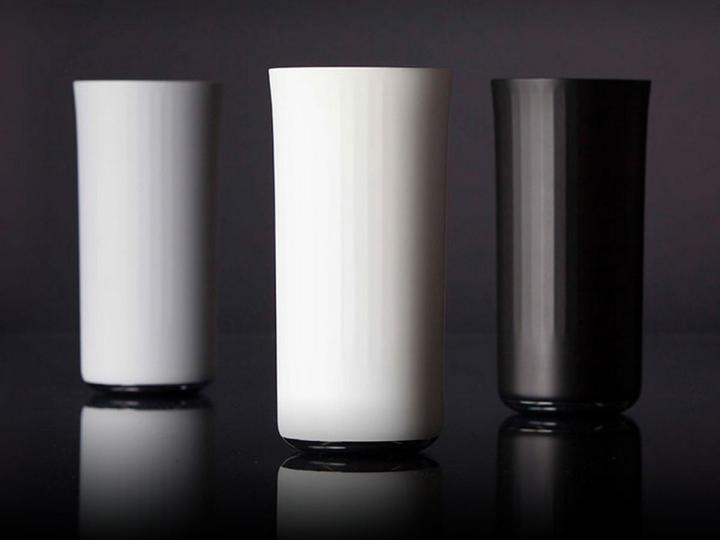
If you’re sitting on a project that adds the “smart” label in front of an everyday object, you’d better hurry up and launch, because the number of available spots in the market is dropping rapidly. The latest super-intelligent gizmo for the home is the Vessyl, a smart cup that tracks your drinking habits and can recognize what you’ve poured into it automatically.
Launched this week and available to pre-order now for $99 (that’s half the quoted retail price of $199), the Vessyl is described as “hydration made smart.” With the device’s automatic tracking and logging features, it can help you regulate your drinking, improve your fitness, reduce your sugar intake, lose weight, sleep better and so on.
These are impressive claims for a smart cup, but the drinks we choose — and when we have them — do have a significant impact on our overall health. “Consumption is as important or more important as what we track through exercise,” inventor Justin Lee told the Verge, “so we developed a sensor that could instantly analyze the nutritional content of what’s inside a beverage on a molecular level.”
When you pour a drink into the Vessyl, it can tell what it is and how many calories it contains. The smart device can even distinguish between different strengths of coffee. Everything syncs back to your phone via Bluetooth, and the Vessyl system will warn you if you aren’t keeping yourself hydrated as you go through your day.
Part of the appeal of the Vessyl is that it fits right into your existing routine, with no need for any extra wearable kit and no manual logging required. It can even connect up with several fitness trackers to more accurately keep an eye on your hydration levels. Beer and wine are detected by the smart cup too, so it can also help you keep an eye on your alcohol intake, provided you’re happy to drink everything out of just one glass.


